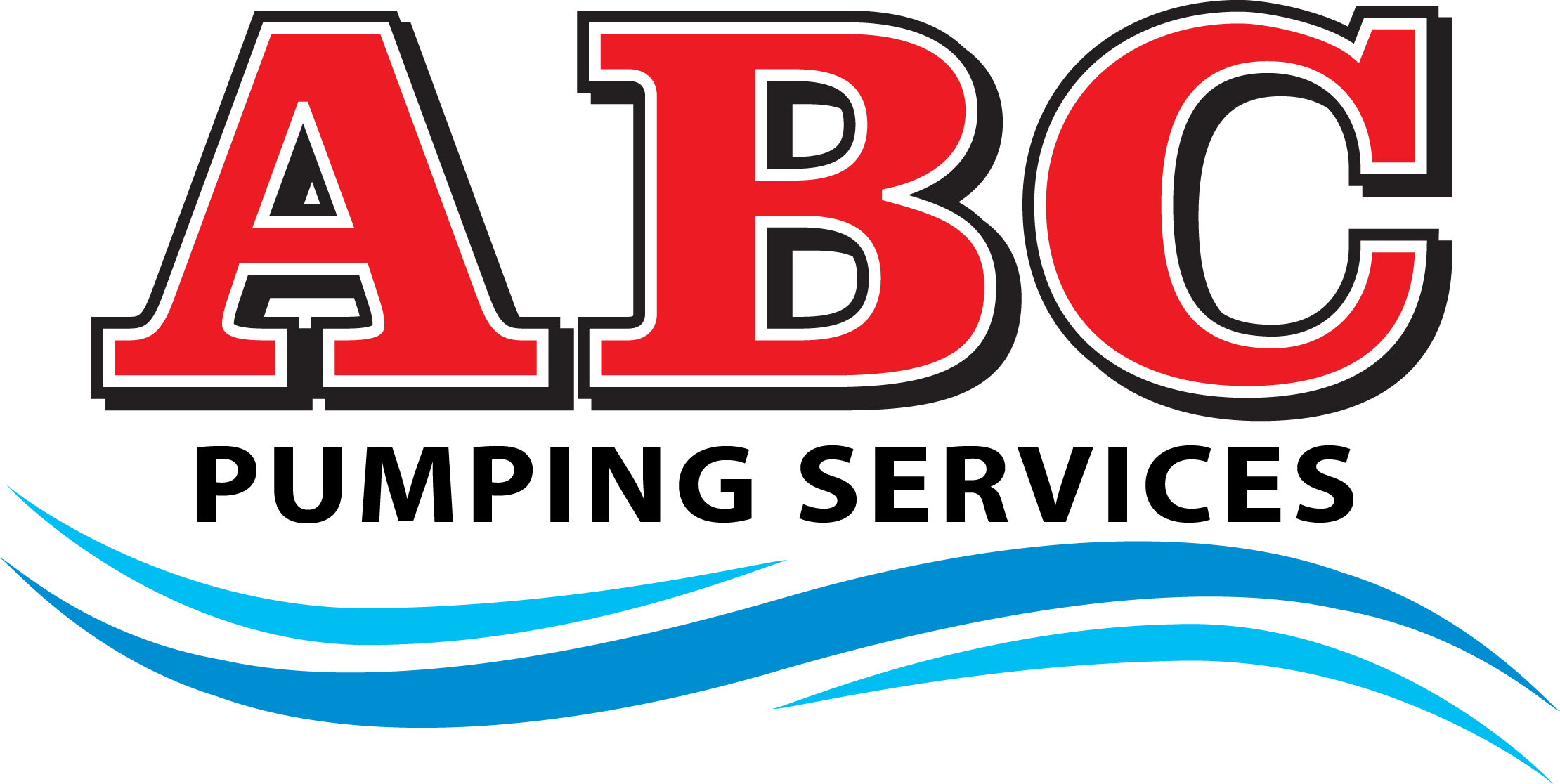[vc_row type=”full_width_content” full_screen_row_position=”middle” scene_position=”center” text_color=”dark” text_align=”left” class=”slider-header” enable_gradient=”true” color_overlay=”#0a0a0a” color_overlay_2=”rgba(10,10,10,0.01)” gradient_direction=”top_to_bottom” overlay_strength=”0.3″][vc_column column_padding=”no-extra-padding” column_padding_position=”all” background_color_opacity=”1″ background_hover_color_opacity=”1″ column_shadow=”none” width=”1/1″ tablet_text_alignment=”default” phone_text_alignment=”default” column_border_width=”none” column_border_style=”solid”][nectar_slider location=”Primary Slider” overall_style=”classic” desktop_swipe=”true” loop=”true” slider_transition=”slide” button_sizing=”regular” autorotate=”5000″ slider_height=”400″][/vc_column][/vc_row][vc_row type=”full_width_background” full_screen_row_position=”middle” scene_position=”center” text_color=”dark” text_align=”left” overlay_strength=”0.3″][vc_column column_padding=”padding-3-percent” column_padding_position=”all” background_color_opacity=”1″ background_hover_color_opacity=”1″ column_shadow=”none” width=”2/3″ tablet_text_alignment=”default” phone_text_alignment=”default” column_border_width=”none” column_border_style=”solid”][vc_column_text]
Signs of Septic Trouble
What are the signs of a troubled septic system?
The most obvious septic system failures are easy to spot.
- Check for pooling water or muddy soil around your septic system or in your basement.
- Greener grass in the area of the septic system
- Sluggish drainage in the home
- Plumbing backups when you flush the toilet or do laundry
- Water coming up through the lower house level floor drains
- Gurgling sounds in the toilet or drains
- Odors – Outdoors or in the home
These problems are most noticeable when you use a lot of water, like on laundry day. That’s why it’s imperative that you space your laundry loads and conserve water! Short showers, never leaving water run down a drain while washing dishes, full wash loads only (or adjusting the water level for a small load), and never doing back to back loads of laundry will all help conserve water, and therefore the amount of wastewater going into the system. There are several sources of water going into the system.
Why are there odors inside and outside of the house?
Inside
Usually odor inside a house is caused from a dry drain. Each drain in your house has a trap associated with it. The trap is the U-shaped pipe you see under your kitchen sink. The purpose of this pipe is to keep the gases from your septic system from being able to come back inside the house. The trap works because water sits in that U-shaped section of pipe, and therefore the gases can’t get back up through the drain.
However, if the water in that trap should ever dry up, then the gases are able to escape. The water evaporates out of these traps if they aren’t used for a period of time. Usually it’s an unused guest bathroom, or basement shower stall, or some fixture that just isn’t used very regularly.
The solution, add water to the drain!
Outside
This odor emanates from the vent stack on the roof. Each drain in your house has a vent stack associated with it which is the small pipe(s) you see sticking out of your roof. These pipes are designed to vent the gases from the septic system out through the roof. They also help with the drainage of wastewater through the plumbing system, keeping air-locks from forming.
Depending on where the vent pipe comes out of the roof, the height of the pipe, the height and shape of the roof, and the direction and speed of wind, the gases could wind up back down on your patio due to a downdraft.
Odors could also be coming from the foundation vents for the crawl space if there is septic seepage from the sewer pipes before leaving the house to the septic tank.
Why do drain fields fail? Is there an easy fix to a failed drain field?
The drain field is the last part of the mini wastewater treatment facility of your home. This is where the purification of the effluent takes place for it to be used again as it reaches the groundwater. So it is very important to have the drain field cleaned and cleared.
Drain fields are highly affected by too much accumulated solid waste materials in the tank. This happens when the sludge isn’t digested well because the bacterial population is depleted, the tank has not been pumped regularly or because too much water is loaded into the septic system stirring up solidified wastes and carrying them out into the drain field. If the fats, oils and grease reach the drain field, clogging will occur. In the septic tank, only about 50 percent of solids are broken down by bacteria, the rest accumulates in the bottom of the tank until it is pumped out. Over time the solids will build up. The time it takes for this to happen depends mostly on the household size, but also septic tank size. Having too many solids accumulated, and too much water entering the tank at once can cause the solids to be flushed out into the drain field where it can clog it.
Once this happens, if not remedied quickly, it is inevitable that the rest of the septic system will fail. You really have to pay attention to your drain field to ensure that you have a smooth flowing system and that the solids are properly digested before they head out to the drain field.
A properly designed septic system handles a specific amount of wastewater which is determined by how many people are living in the house. As a rule of thumb, the number of people per household is calculated by the number of bedrooms – figuring two people per bedroom. If a household overloads a system by using way too much water each day, the drain lines never have time to dry out.
When a drain field is constantly saturated, a bacterial mat called a “bio-mat” forms along the trench walls. This slimy mat doesn’t allow water to seep through it, and therefore the trenches no longer can handle the wastewater.
Simply pumping out the septic tank at this point will not restore the system. At this point it will require either one of the drain field repair services that we offer or a new drain field depending on the severity of the problem.
- Caustic soda for drain field repair
- Terralift for drain field repair and rejuvenation
[/vc_column_text][/vc_column][vc_column column_padding=”no-extra-padding” column_padding_position=”all” background_color_opacity=”1″ background_hover_color_opacity=”1″ column_shadow=”none” width=”1/3″ tablet_text_alignment=”default” phone_text_alignment=”default” column_border_width=”none” column_border_style=”solid”][vc_column_text][static_section page_id=”29″ note=”sidebar”][/vc_column_text][/vc_column][/vc_row]
